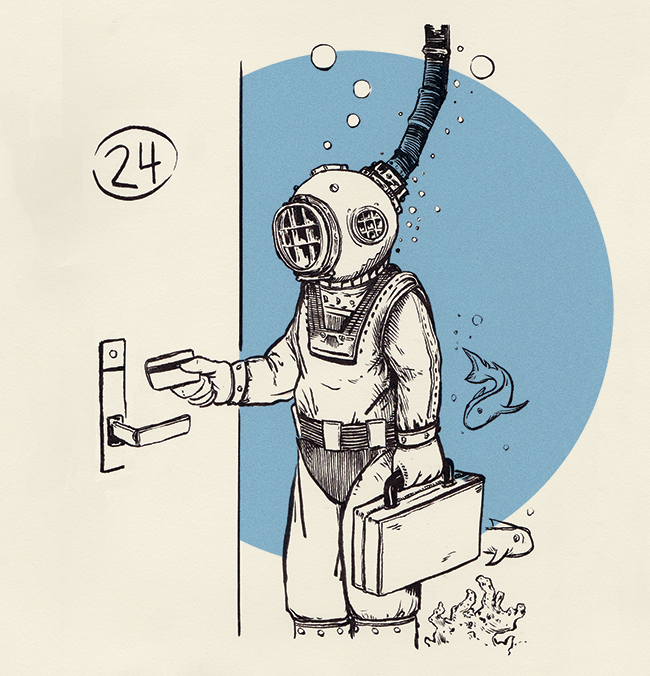ZEITGUIDE TO DYNAMIC TICKETING

“Brother, Can You Spare a Dime” from the Broadway show “Americana” was the nation’s top song at the depth of the Depression. Today, however, it takes an awful lot of Benjamins to score a ticket to a show like “Hamilton.”
In part, that’s because many Broadway theaters have adopted dynamic pricing, in which prices fluctuate based on market demand. Pioneered by airlines in the 1980s (the best time to score a deal on a flight is Tuesday afternoon at 3 p.m., if you’re curious) the concept subsequently spread to hotels and other sectors that need to maximize the value of perishable assets.
Movie theaters and theme parks have long had lower prices for matinees and off-season tickets. But some cinemas are now experimenting with charging more for the opening weekend of a blockbuster release. For its part, Disney theme parks adopted a pricing strategy where single-day tickets are higher on long weekends and school holidays. The idea is to shift price-sensitive customers to slower days and reduce waiting times on known crowded days.
Dynamic pricing certainly has its critics. Uber got yet another PR black eye for employing surge pricing—which is the same thing by a different name—during the recent London terror attacks.
Concerts have proven surprisingly resistant to the trend. The tangled web of concert promoters and venues presents a logistical challenge there. But there also appears to be more sensitivity to fan perception that dynamic pricing is akin to price gouging or scalping.
Sports franchises, however, increasingly harness big data to maximize revenue. Using sophisticated algorithms, single ticket prices adjust based on inventory, an opponent’s fan draw (or lack thereof) and even weather conditions. Dynamic pricing is also seen as one way for franchises to counter the deflationary effects of secondary market sellers such as SeatGeek and an ascendant StubHub, which is all set to open a retail store in New York next week.
Of course, teams like the Yankees must tread carefully between maximizing revenue from big spenders while not pricing out the bleacher creatures or winding up with a half-empty stadium. A Wharton white paper analyzing the impact on single ticket sales for a Major League Baseball team found it was no revenue panacea; properly calibrated fixed prices for seats could achieve similar financial results.
Still, less than a decade after the San Francisco Giants introduced the concept to America’s pastime, dynamic pricing is becoming widely accepted in sports and elsewhere. The lack of consumer backlash suggests that, from Broadway to baseball, dynamic pricing may be just the ticket.
